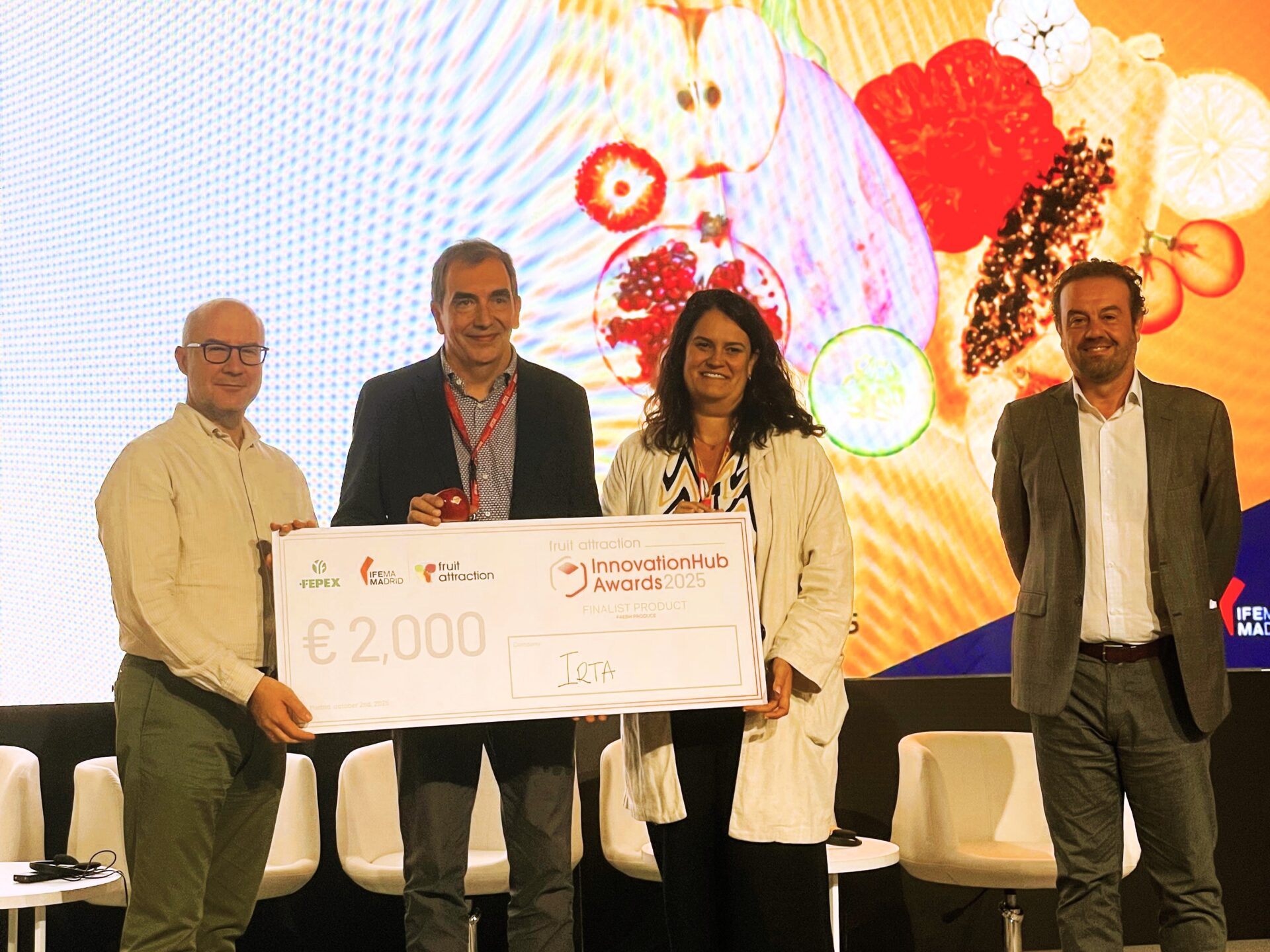
The reproductive strategy of the Senegalese sole, Solea senegalensis, a species of high interest in aquaculture, is not without difficulties. To a copulation that is carried out in close proximity and in which the males produce little sperm it is necessary to add that, in the males born in captivity (F1) a dysfunction appears that does not allow them to reproduce. To solve this problem, aquaculture production uses wild males and research is focused on improving large-scale in vitro fertilization protocols.
In this sense, the IRTA’s researchers of the Aquaculture program of the center of Sant Carles de la Ràpita (Spain), Neil Duncan, Wendy González and Sandra Ramos, have developed a new protocol in which the time elapsed between obtaining the gametes and in vitro fertilization, is less than 30 minutes, so that the deterioration of the gametes is less and the fertilization increases, as well as the viability of the eggs.
Using captive sole and inducing ovulation in females with gonadotropin-releasing hormone (GnRHa), sperm are obtained by abdominal pressure, diluting them (Leibovitz modified) and using them as soon as possible, at the rate of approximately 600 sperm per egg. With this dilution, large-scale fertilization of approximately 190,000 eggs was performed, obtaining a 70% hatching rate of these (approximately 130,000 larvae).
One of the advantages of Senegalese sole is that it requires a low ratio of sperm per egg to achieve high percentages of fertilization, both experimentally and industrially. That is why with this new protocol the sole industry will be able to operate sustainably and establish effective reproduction and genetic improvement programs.
In 2019, a total of 1,700 tons of Senegalese sole were produced in the world, with Spain and Portugal being the leaders in the production of this specie.
The preprint of the work can be consulted at this address:


